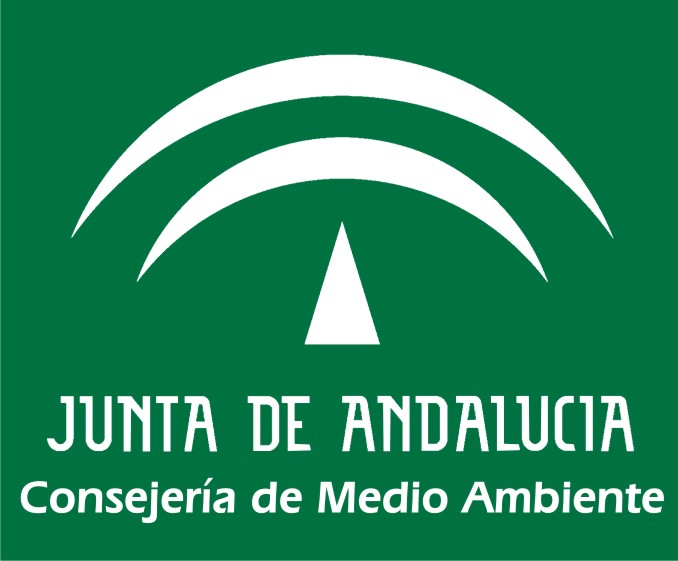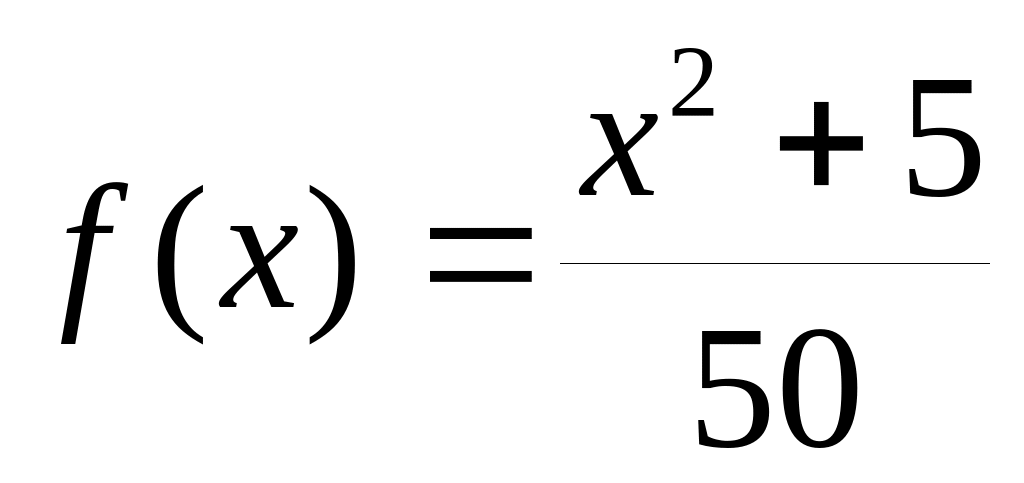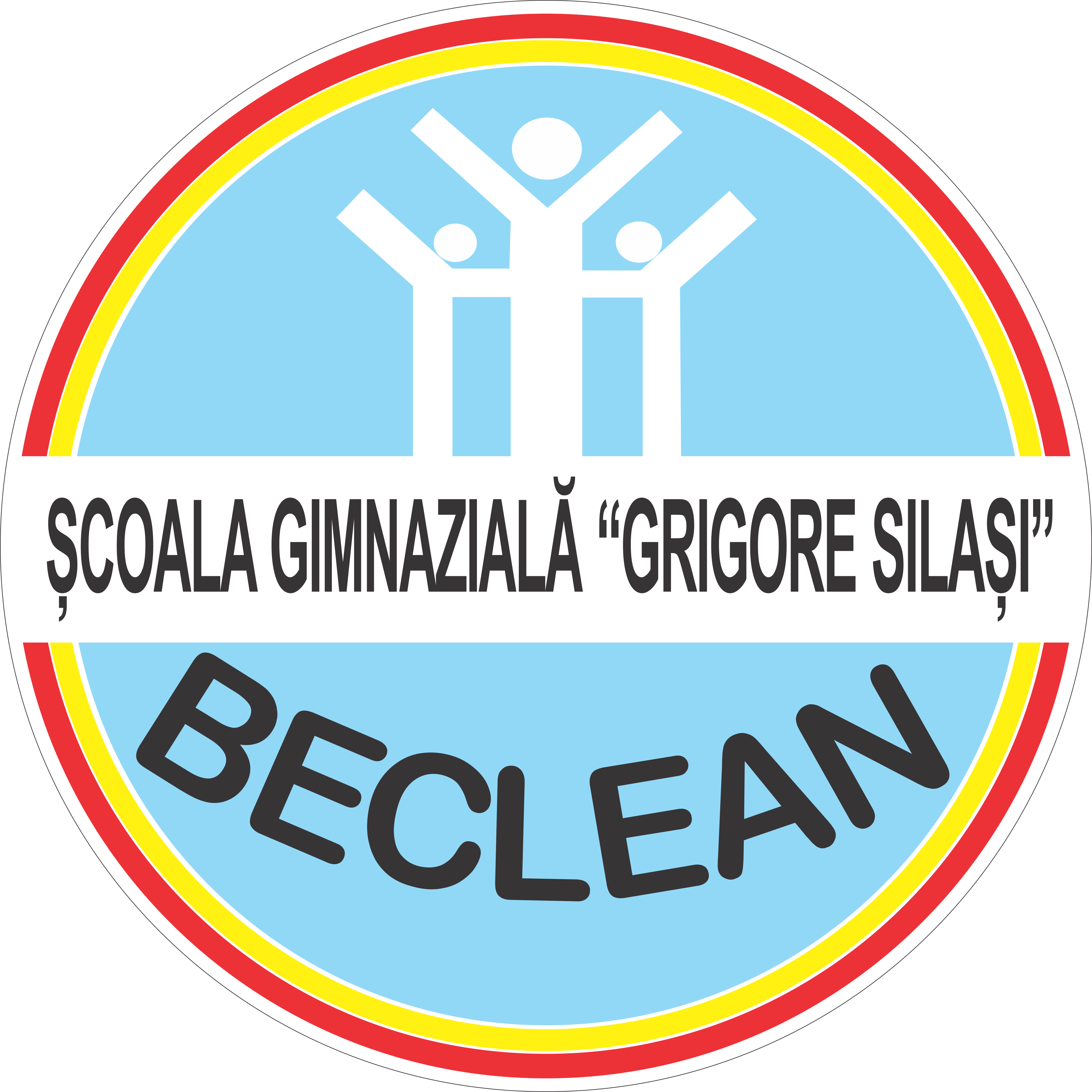example: activity 3 completed for ‘the clock activity’ activity: ‘clock activity’ give a description based on how you have done this
Example: Activity 3 completed for ‘the clock activity’
ACTIVITY:
‘Clock activity’
Give a description based on how you have done this in the past.
How could this be improved in the future?
WHAT kinds of reading and writing are involved in completing the
activity?
The students are required to draw a clock face, including writing the
numbers, and annotate it in relation to their own experiences that
day. Then they discuss with their neighbour what they have each
written and make notes about what the differences are.
Then students feed back their comments to the group.
Be very clear about the instructions. Do they need to write or draw?
Does it need to refer to the whole day or just a few hours?
However, also give freedom for students to complete as they wish –
using symbols or drawings instead of writing.
HOW do you expect the students to go about it?
To sit and think for a while, to draw their own clock face, and to
write on it individually. Then to talk to their neighbour and write
down two or three points to feed back to the group.
Allow for individual variation. For example, some students may wish to
use a template; others to draw their own clock face; others might
prefer a linear representation. Some may wish to talk to their
neighbours as they do it, rather than only after completing.
WHEN does it take place?
At the beginning of the lesson, after the introduction to the topic.
Students could complete the clock activity in their own time, before
the lesson to which it relates. This would allow more time to devote
to finishing the clock, and more time for the discussion in class. The
decision would depend on the individual students, how practicable this
would be, etc
HOW LONG does it take?
Drawing and writing on the clock itself should take around 15 minutes.
Discussion with neighbours could take another 10 minutes, and then
group discussion 15 minutes.
Check that students are engaged. Allow extra time if necessary or cut
short and move to discussion if they are not engaging fully. To
encourage pace and variety, ensure activities have continuity.
WHERE is it done?
In the classroom, sitting at desks.
The option of doing it at home – or at least completing it at home –
could be given.
Students may prefer to sit in groups with desks pushed together to
enhance opportunities for discussion.
WHO is taking part?
The students do the activity and the tutor waits for them to get
started and then moves among them as they work.
The students should all be engaged in this.
Perhaps the tutor should do their own clock activity alongside the
students.
WHO is it FOR?
The tutor is asking for it to be done, so in that sense it is for the
tutor. But the learning experience is for the students.
By giving more time, coloured pens, etc., the artefact produced could
be perceived as desirable by the students themselves.
The students can be given a sense of owning their learning experience
through the input coming directly from them. Ensure this happens when
facilitating discussion.
WHY do the students think they are doing it?
They may not be sure – particularly if this is the first activity in
the lesson.
Although it may act as a stimulus that they are initially asked to do
it without too much explanation, some students may require a clear
purpose which can be supplied through explanation of concepts relating
to literacy or, more simply, a description of the use which will be
made of the texts produced.
WHY do you want the students to do it?
To encourage them to recognise their own range of literacy practices,
and thereby to understand their own students’ possible literacy
practices.
As in central column. This reasoning should be reiterated after the
students have completed the exercise.
Reinforce the value of the exercise during the lesson plenary.
3
 SCHEDA TECNICA DEI REQUISITI TECNICOFUNZIONALI PER GLI IMPIANTI NATATORI
SCHEDA TECNICA DEI REQUISITI TECNICOFUNZIONALI PER GLI IMPIANTI NATATORI UNITED NATIONS DEVELOPMENT PROGRAMME COUNTRY UNDP MACEDONIA INITIATION PLAN
UNITED NATIONS DEVELOPMENT PROGRAMME COUNTRY UNDP MACEDONIA INITIATION PLAN FUTBOL SALA SANTURTZI POLIDEPORTIVO MUNICIPAL DE SANTURTZI PASEO REINA
FUTBOL SALA SANTURTZI POLIDEPORTIVO MUNICIPAL DE SANTURTZI PASEO REINA NOWE BMW M4 CABRIO SPIS TREŚCI BMW INFORMACJA PRASOWA
NOWE BMW M4 CABRIO SPIS TREŚCI BMW INFORMACJA PRASOWA PLAN DE EMERGENCIA POR INCENDIOS FORESTALES DE ANDALUCÍA PLAN
PLAN DE EMERGENCIA POR INCENDIOS FORESTALES DE ANDALUCÍA PLAN PAGE 0 – SEDALIA BOMBERS FIRST GAME 2010 SEDALIA
PAGE 0 – SEDALIA BOMBERS FIRST GAME 2010 SEDALIA SUMMARY OF JUDGMENT S V MARX THE SUPREME COURT
SUMMARY OF JUDGMENT S V MARX THE SUPREME COURT KANTONALES SOZIALAMT GRAUBÜNDEN UFFIZI DAL SERVETSCH SOCIAL CHANTUNAL DAL
KANTONALES SOZIALAMT GRAUBÜNDEN UFFIZI DAL SERVETSCH SOCIAL CHANTUNAL DAL UNIVERSIDAD NACIONAL DE CÓRDOBA FACULTAD DE CIENCIAS QUÍMICAS REPÚBLICA
UNIVERSIDAD NACIONAL DE CÓRDOBA FACULTAD DE CIENCIAS QUÍMICAS REPÚBLICA ESTADÍSTICA EJERCICIOS SOBRE VARIABLES BINOMIAL E HIPERGEOMÉTRICA 1 LA
ESTADÍSTICA EJERCICIOS SOBRE VARIABLES BINOMIAL E HIPERGEOMÉTRICA 1 LA ŞCOALA GIMNAZIALĂ „GRIGORE SILAŞI” BECLEAN PȚA LIBERTĂŢII NR 19
ŞCOALA GIMNAZIALĂ „GRIGORE SILAŞI” BECLEAN PȚA LIBERTĂŢII NR 19 POLICY NUMBER 0004 POLICY NAME DISCIPLINARY PROCEDURES DATE OF
POLICY NUMBER 0004 POLICY NAME DISCIPLINARY PROCEDURES DATE OF